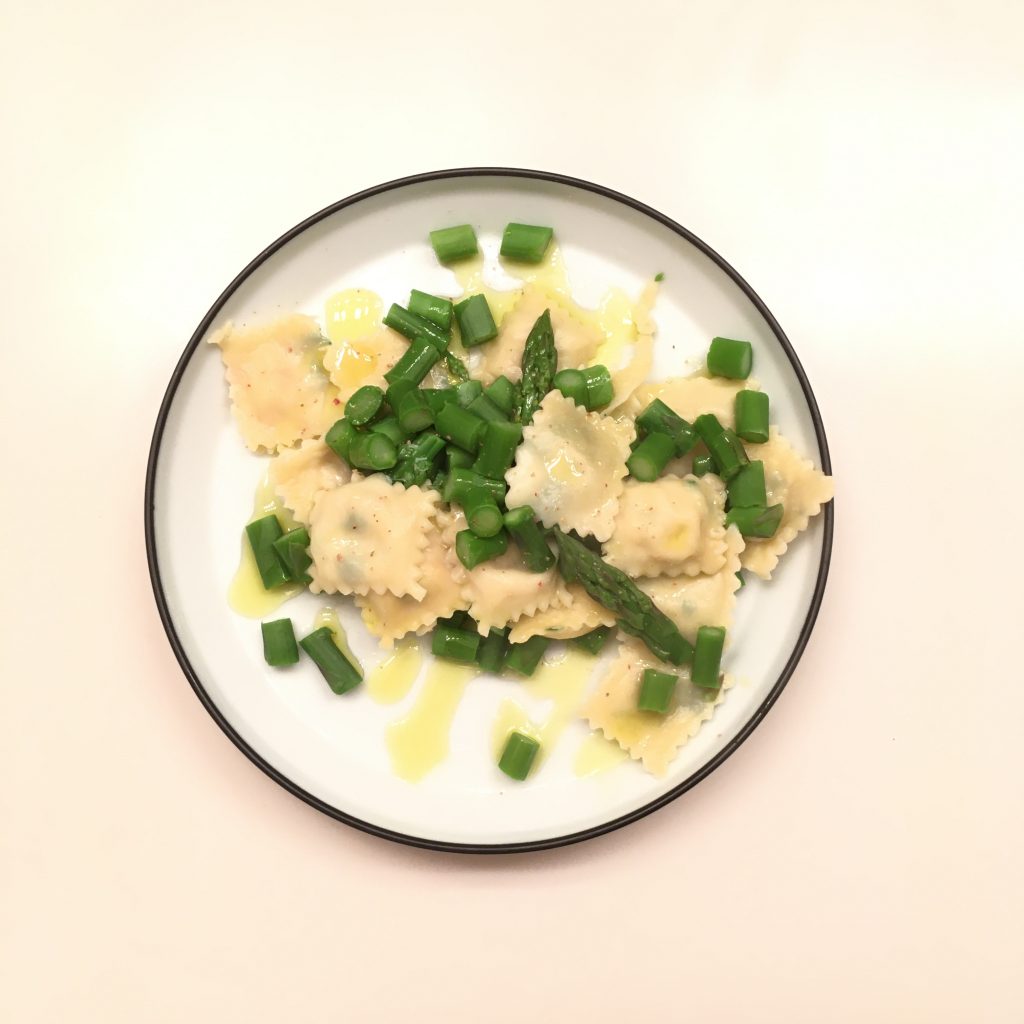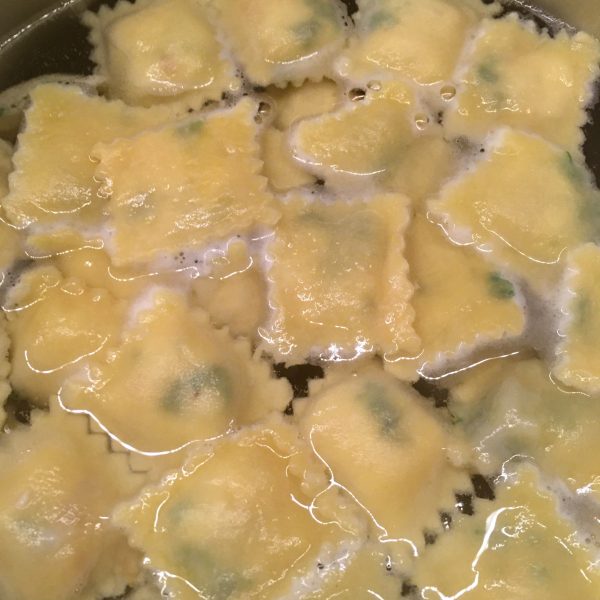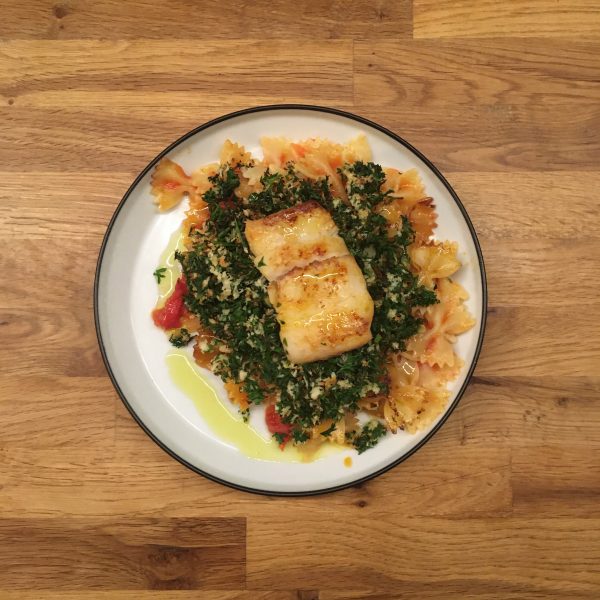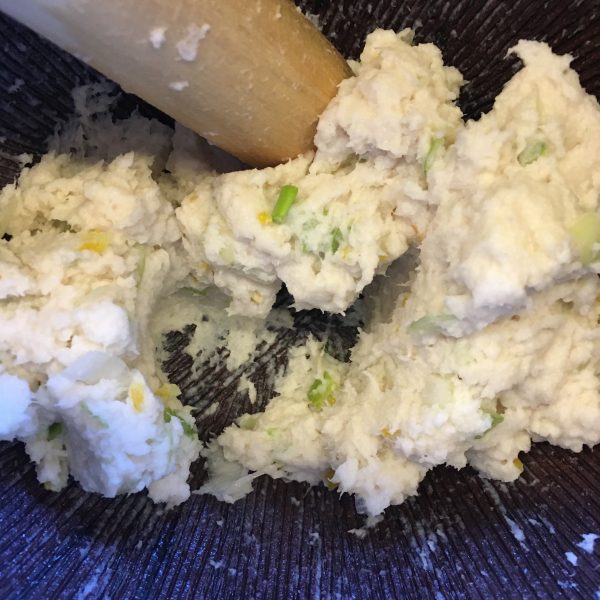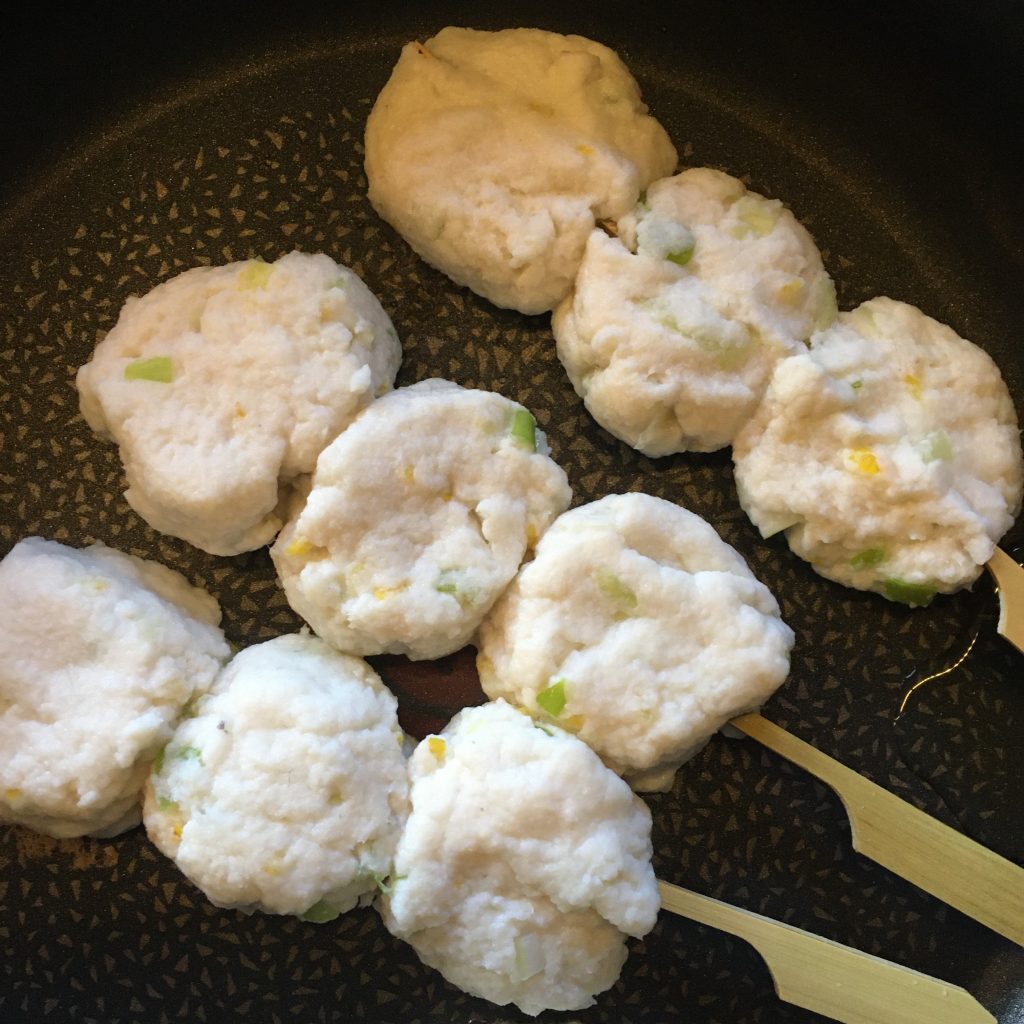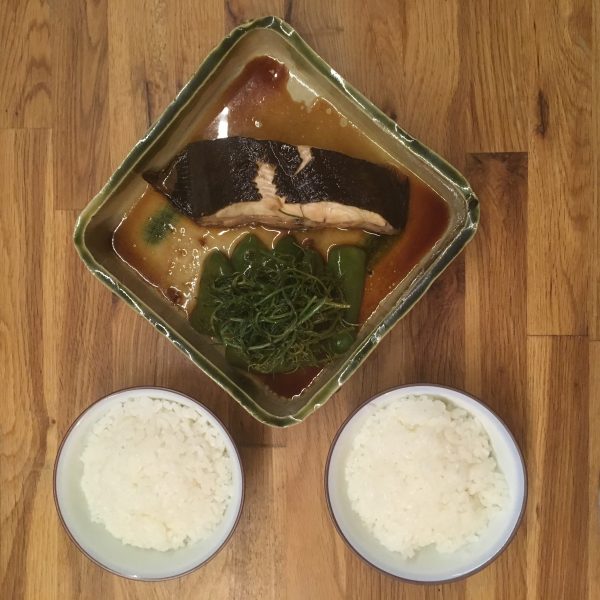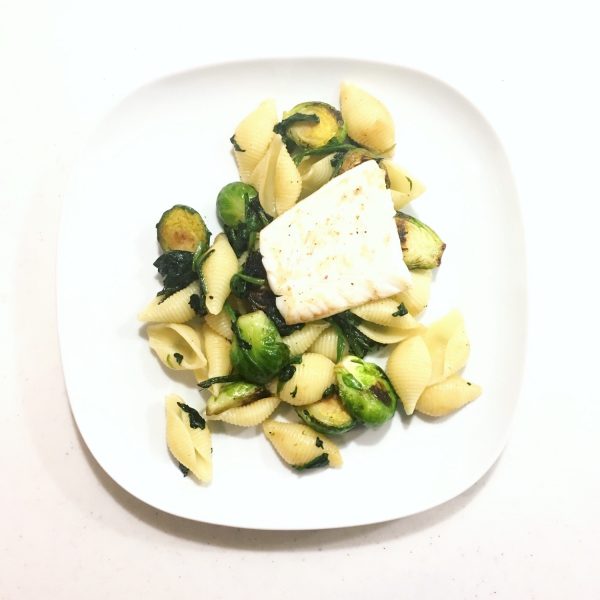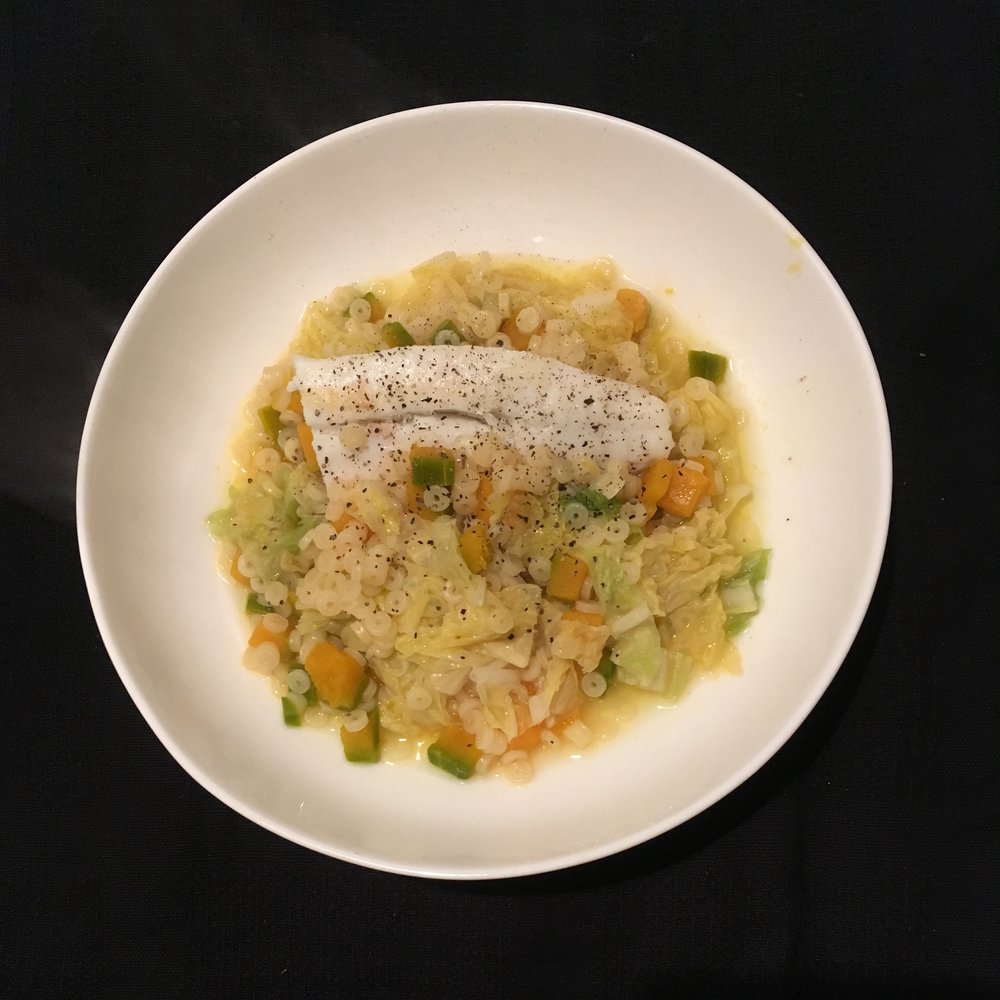Tomorrow I’ll turn one year up… now I know that I didn’t achieve my main goal for this year, despite trying hard for the past few years, but I realized I actually don’t care much because it doesn’t depend on me actually but on appreciation of others, and being alien in a conservative country doesn’t make things easy. Discrimination, racism, are things I face every day but I live with it because I chose to live in Japan. And finally I prefer that than living in a sad country where I could fit in. Our trip to France last weekend was quite eye opening again. The city was so sad and gloomy that I didn’t enjoy it much. Our hotel was right in the middle of two main riots spots, police cars everywhere, shops closing instantly to avoid being savagely deteriorated, security staff in front of the hotel, with main doors closed and all trying to keep a low profile… There is no way I can regret one second having left that sick self-destructing country.
I ate the idea of getting old… but the good thing with my birthday is that in Japan it is often holiday, as it is the first day of the long new year break. This year is particularly long since we will have 6 days!!! So I decided to go packing on flours, fresh yeast and other baking staples to be sure I am fully equipped to bake everyday. In particular because in my birthday presents bundle (in the gigantic amount of presents I brung back from Paris) I know there is a baking book and I can’t wait to open it!!! Since I went shopping at Cuoca in Mitsukoshi Nihonbashi I also bought a few vegetables and some fresh fish from Chiba, and cooked simple pasta too. Here is my recipe.
Flounder with Brussels sprouts and spinach (2 servings)
– 1 piece of flounder
– 10 Brussels sprouts
– 1 bundle of fresh spinach
– 125g of pasta of your choice
– olive oil, salt and pepper
Boil water and cook the pasta. Wash the vegetables. Chop the spinach, and halve the Brussels sprouts. In a large pan greased with olive oil and heated start by cooking the Brussels sprouts, then add the spinach and the fish. Stir the vegetables, be careful not to break the fish. Remove fish when cooked, add a little bit more olive oil, the pasta, salt and pepper, and stir while cooking at high heat. When all is well mixed, serve in the plates, top with the fish and enjoy right away!
Have a great day today, last working day before next Friday!!!!!
